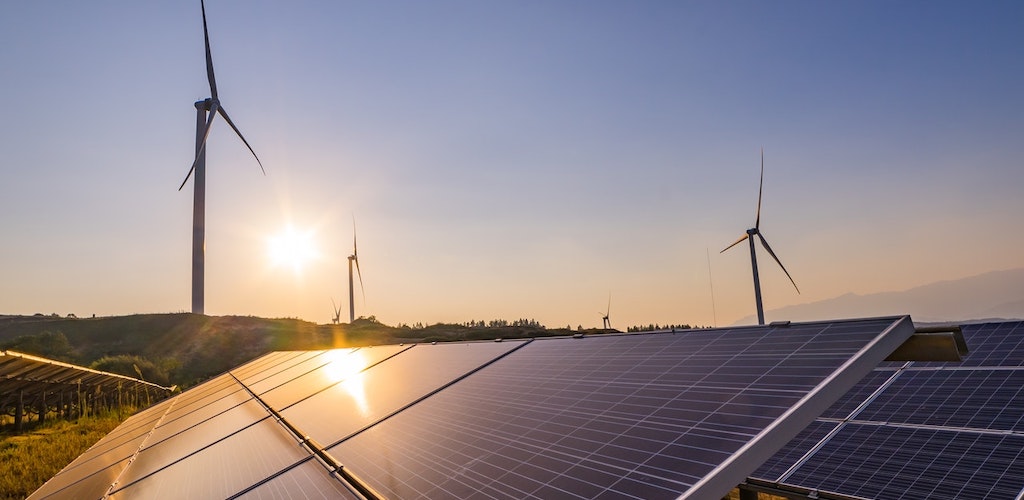Jun 15 | 2021
(Global) IEA Predicts Clean Energy Spending Surge

Global investment in energy projects is forecast to rebound this year, according to the International Energy Agency, as a massive shift in focus redefines the demand for breakbulk services in the sector.
The IEA predicts that energy investments will rise nearly 10 percent in 2021, hitting US$1.9 trillion, boosted by unprecedented spending on clean energy technology and transition infrastructure.
“The rebound in energy investment is a welcome sign, and I’m encouraged to see more of it flowing towards renewables. But much greater resources have to be mobilized and directed to clean energy technologies to put the world on track to reach net-zero emissions by 2050. Based on our new Net Zero Roadmap, clean energy investment will need to triple by 2030,” said Fatih Birol, executive director of IEA.
In 2021, the IEA forecasts US$750 billion will be spent on clean energy technologies and efficiencies, and predicts that the global power sector investment is expected to increase about 5 percent to a record US$820 billion.
Upstream Growth
Despite much focus on renewable energy in the wake of the covid pandemic, the upstream oil and gas sector is still a mainstay of the energy sector in IEA’s roadmap, and is forecast to rise by about 10 percent in 2021, as companies recover financially from the shock of 2020.
Breakbulk operators will see the majority of this investment from national oil companies, as private-sector firms hold spending flat on aggregate in 2021 as strategies diverge, according to the IEA.
“There are signs in the latest data that spending by some global oil and gas companies is starting to diversify. IEA analysis last year highlighted that only about 1 percent of capital spending by the industry was going to clean energy investments. But project tracking to date in 2021 suggests that this could rise to 4 percent this year for the industry as a whole, and well above 10 percent for some of the leading European companies,” the IEA said.
Resource Challenge
While long-term forecasts for oil and gas production have been dampened by the shift towards clean energy, the scale of resource extraction required to meet the next phase of growth for the sector is predicted to be unprecedented.
Battery technology is one area that is predicted to grow, as the capabilities of new industrial systems increases, however there are numerous challenges in accessing sufficent rare earth metals and minerals to build these systems at scale.
“The magnitude of Earth materials that will be needed to decarbonize the global economy in two decades — the scale of the extraction, processing, shipping, construction, installation, etc. to pull this off *at scale* is staggering,” said Brian Romans, professor of geosciences at Virginia Tech.
This is likely to add a major new driver for breakbulk demand, as firms not only race to secure access to minerals but also compete to create the necessary infrastructure to extract and process these resources, as in many cases, these assets are in remote locations, requiring complex project cargo handling and large-scale construction to exploit.
Fueling Infrastructure
Alongside entirely new technologies, such as industrial battery systems, the IEA foresees significant demand for blended or transition fuels that can mitigate emissions. In Europe, policymakers are consulting on proposed FuelEU and ReFuel initiatives, designed to introduce a range of lower carbon alternatives for shipping, aviation and land transport.
“A lot is still unclear regarding the FuelEU Maritime initiative for which a proposal is expected July 14 … In the [breakbulk] segment, like for all shipping segments, the demand for clean fuels should grow. To what extent transport offers involving ships using clean fuels will become more attractive also depends on a number of other proposals.For example, the proposal for a revised energy taxation directive will determine whether tax exemptions will be granted to clean solutions while the AFI Directive and TEN-T Regulation proposals will influence the infrastructure side,” Maarten Boot, of the Federation of European Private Port Companies and Terminals, or FEPORT, told Breakbulk.
While still far from ratification, the initiatives are forecasst to increase demand for and uptake of sustainable alternative fuels in the maritime transport sector, both for vessels in operation and for those at berth. This in turn is expected to drive a wave of breakbulk demand as significant new infrastructure is deployed to support refueling and emissions mitigation, with many shipping lines switch to LNG and biogas alternatives. While project cargo activity is expected to grow during the construction phase, this shift will also have cost implications for breakbulk shippers as they weigh up long-term alternatives to power their fleet.
“The initiatives will have a significant impact on the entire maritime sector in Europe and therefore, of course, on breakbulk carriers as well … We are quite critical of these EU projects – mainly due to the fact that we as an industry have so far been left out. Unfortunately, the Commission is acting largely opaque on a project affecting one of the most important industries in the European Union. We very much hope that this will change quickly,” Christian Denso, head of communications for the German Shipowners‘ Association, Verband Deutscher Reeder, told Breakbulk.
Subscribe to BreakbulkONE and receive more industry stories and updates around impact of COVID-19.
